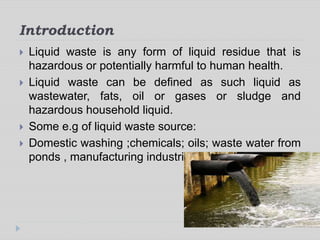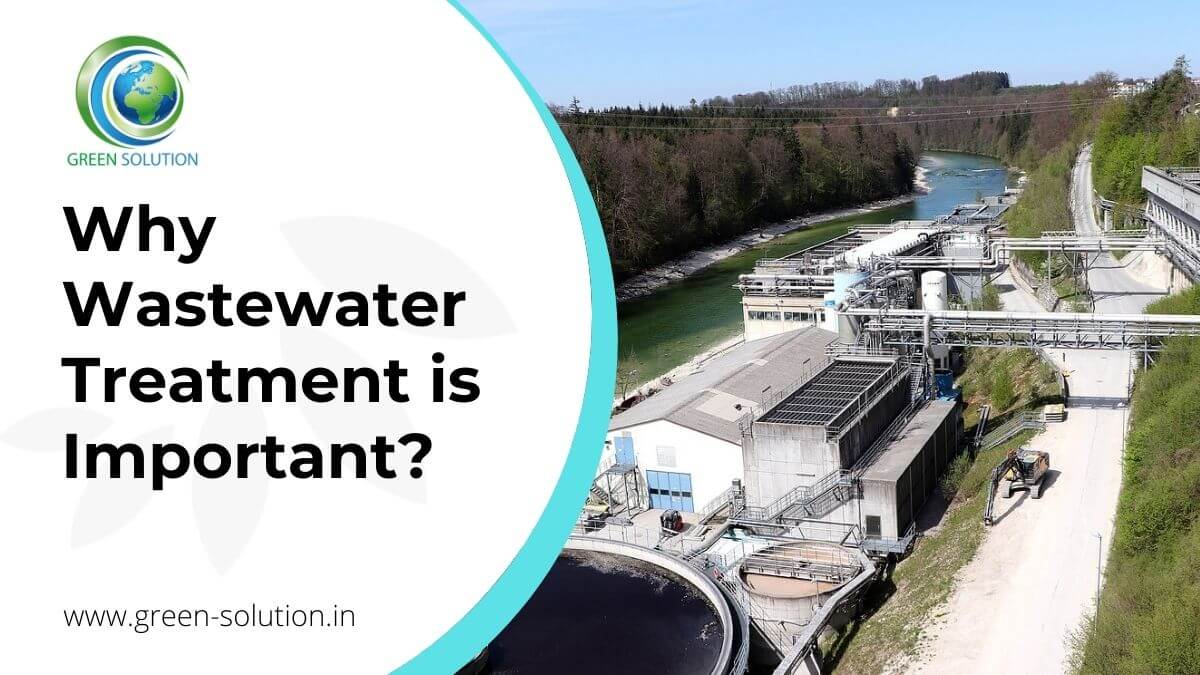An Unbiased View of Reclaim Waste
An Unbiased View of Reclaim Waste
Blog Article
Reclaim Waste Can Be Fun For Everyone
Table of ContentsThe 3-Minute Rule for Reclaim WasteFascination About Reclaim WasteReclaim Waste Can Be Fun For EveryoneThe 10-Second Trick For Reclaim WasteThe Ultimate Guide To Reclaim Waste
Explore the types, events, and types of fluid waste. Residential sewage waste describes the waste and products from a residential sewage-disposal tank. This type of waste is developed by humans in homes, institutions, and various other buildings. This only includes sewage-disposal tanks that have a drain area. The proper administration and disposal of domestic sewer waste call for fluid waste to be transferred to a sewage therapy plant where the correct techniques and devices are related to detoxify and throw away waste.
Business waste frequently consists of prospective risks, such as flammable products or a blend of fluid and strong waste items, and calls for a much more advanced and thorough disposal procedure. The disposal of business waste normally includes the purification of waste prior to transport to ensure risk-free and correct disposal. Industrial waste is produced from by-products and runoff of industrial processes and manufacturing.
This type of waste can not utilize the same sewer management transportation or procedures as septic or business fluids. The hazardous waste monitoring procedure calls for the evaluation and testing of liquid waste prior to it undergoes the disposal process (liquid waste removal melbourne). Runoff waste is the liquid waste that comes from runoff and excess stormwater in very populated locations or cities
Overflow waste can cause contamination and flooding if not dealt with correctly. Guaranteeing proper waste monitoring can protect against calamities and minimize environmental harm.
10 Easy Facts About Reclaim Waste Described
Get in touch with PROS Solutions today to find out about our waste management and disposal solutions and the proper means to care for the fluid waste you create.
(https://www.tripadvisor.in/Profile/reclaimwaste1)Do you recognize what occurs to your water when you disengage, flush the commode or drain the washing equipment? No? Well, it's worth understanding. This supposed 'wastewater' is not only an essential source yet, after therapy, will be released to our land, rivers or the ocean. Made use of water from bathrooms, showers, baths, kitchen area sinks, laundries and industrial procedures is called wastewater.

water utilized to cool down equipment or tidy plant and devices). Stormwater, a kind of wastewater, is runoff that streams from agricultural and metropolitan locations such as roofs, parks, yards, roads, paths and rain gutters into Website stormwater drains pipes, after rain. Stormwater flows unattended directly to regional creeks or rivers, eventually getting to the sea.
Fascination About Reclaim Waste
In Queensland, many wastewater is treated at sewer treatment plants. Wastewater is carried from residential or industrial sites through a system of sewers and pump terminals, called sewerage reticulation, to a sewage treatment plant. Regional federal governments build, keep and run most sewage treatment plants. Operators are accredited under the Environmental Protection Act 1994 to discharge cured wastewater at an appropriate ecological criterion right into waterways.
The Division of Natural Resources suggests city governments concerning handling, operating and keeping sewerage systems and therapy plants. In unsewered locations, city governments might require owners to mount private or household sewage treatment systems to deal with residential wastewater from commodes, kitchen areas, shower rooms and washings. The Department of Natural Resources authorises the usage of house systems when they are confirmed to be reliable.
In some brand-new class, treatment of some stormwater to eliminate litter, sand and crushed rock has started using gross toxin traps. Wastewater therapy takes place in four phases: Removes strong issue.
Wastewater then streams into huge storage tanks where solids resolve and are removed as sludge. Oil and scum are skimmed from the surface area. Uses little living organisms referred to as micro-organisms to break down and remove continuing to be liquified wastes and fine bits. Micro-organisms and wastes are included in the sludge. Removes nitrogen and phosphorus nutrients that might trigger algal blossoms in our waterways and endanger marine life.
The smart Trick of Reclaim Waste That Nobody is Discussing
Nutrient elimination is not available at all sewage treatment plants because it calls for costly specialized tools. It is becoming much more usual in Queensland. Clear fluid effluent produced after treatment might still include disease-causing micro-organisms. If this effluent is launched right into rivers such as rivers or the sea, the micro-organisms will ultimately pass away out.

A lot of wastewater streams into the sewage system. Under the Act, local federal governments carry out approvals and licences for eco appropriate activities (Periods) including wastewater launches that could have a regional impact.
More About Reclaim Waste
Or else, samples are taken for laboratory analysis. Often numerous tests are required to develop the degrees of each of the various contaminants such as oils, heavy metals and chemicals in water. Tracking provides factual info regarding water quality and can verify that permit problems are being satisfied. The info gotten via tracking supplies the basis for making water quality choices.
Report this page